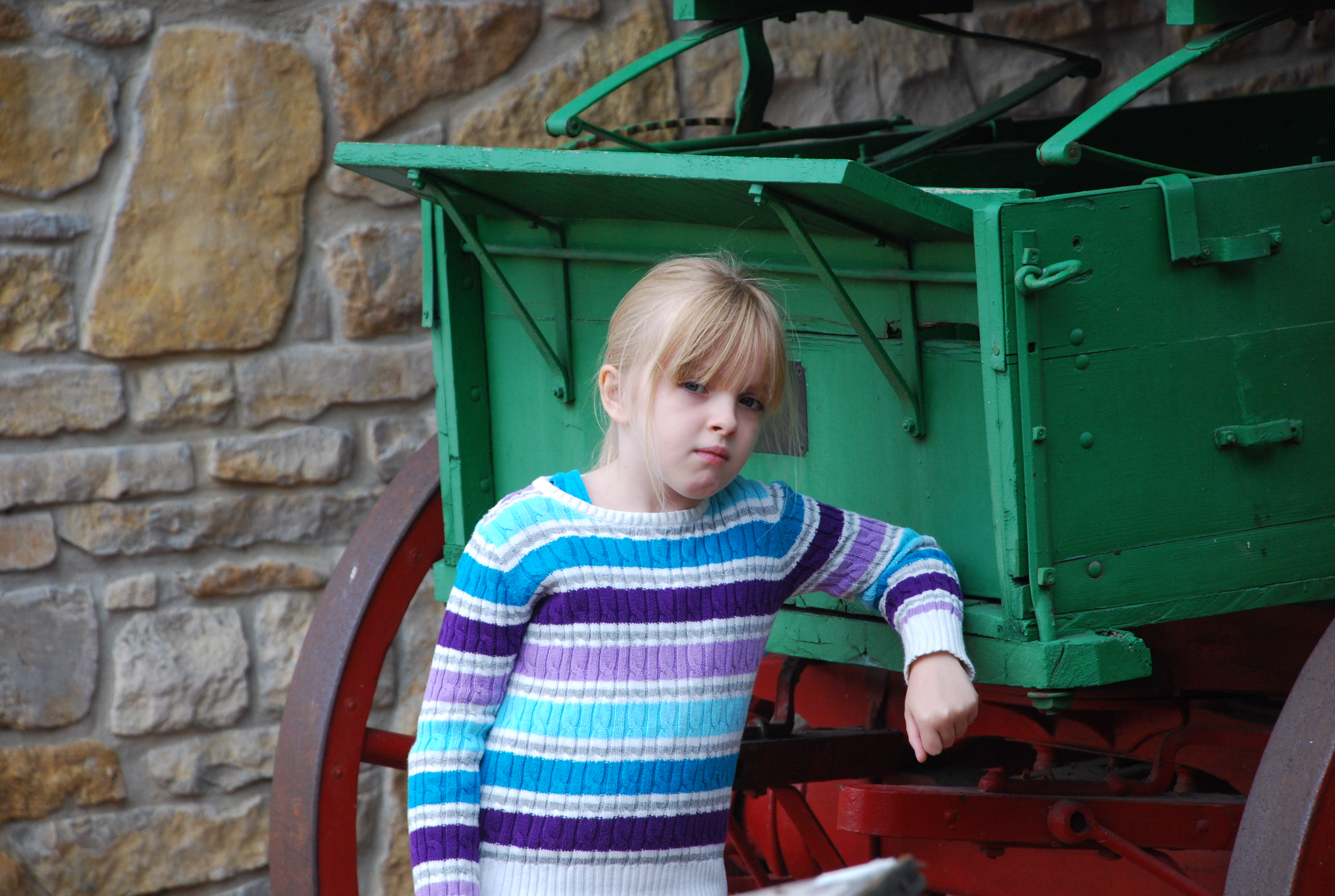THE ENDURANCE OF CHARLOTTE BRONTE’S JANE EYRE
“We do not separate into distinct causes this great and never-ending cause of the ignorant and the poor.”
This story is old. Perhaps originating in the 1st century, telling the tale of a young Greek slave girl who overcomes her miserable existence and becomes an Egyptian queen. Retold many times with the protagonist having many nationalities, the 17th-century version, Cendrillon (The Little Glass Slipper, 1697) by Charles Perrault is probably best known as it was the basis for the Disney movie, Cinderella. Perrault and Disney describe a young orphaned girl forced to serve her stepmother and stepsisters, but eventually rescued by a prince.
Similarly at the mercy of a powerful woman (an aunt instead of stepmother) Bronte’s Jane Eyer describes an impotent protagonist, an underdog, who navigates a world of obstacles with only her wits and strength of character to guide and protect her.
In the presentation of Jane Eyre, Charlotte Bronte (1816 – 1855) walks a fine line between offensiveness, and what would have been viewed as fantasy or fairy tale. Certain expectations of the reading public require the author’s considerations in any time period. Bronte’s ideas, influenced as they were by the prejudices of 19th century England, had to be presented in such a way as to ensure the credibility of her characters, as well as skirt the controversy to which her depictions (particularly of Jane’s headstrong nature) might give rise.
Without some understanding of the sociological context in which it was written, it is impossible to get the full gist or impact of this novel. Many themes are examined on its pages, of which the theme of social class distinctions predominates.
It is interesting that while Bronte seemingly detested France, she was known to have admired the author George Sands. Perhaps what seems to be anti-French sentiment was Bronte’s opposition to the rooted class system with its pompous and frivolous aristocracy, rather than the French people in general. Jane’s sentiments, as described by the author, seem to echo Sand’s declaration that: “. . . If we did not speak out as a woman, we should still have the right to do so as a member of the working class, for, in addition to being indissolubly bound to the working class by the blood in our veins, we perceive in the cause of woman and that of the working class a striking similarity, which seems to make them interdependent. The same state of subjection, the same ignorance, the same impotence unite them . . . we do not separate into distinct causes this great and never-ending cause of the ignorant and the poor.”
In the opening of Jane Eyre we find Jane in just this state of subjection. She is depicted as ignorant, (later to be sent to school), and impotent, as well as isolated. Yet Bronte managed to escape restrictive feminine roles by her dramatic changes of a standard plot, and carefully altered characterizations.
The author changes the destiny of this character in narration. Jane ‘grows’ throughout the novel, more than the society of the time would allow an actual woman in her position to grow. As an orphan she is destined to live (if she lives at all), as a less than lower-class citizen. As a woman she is destined to be a second-class citizen in a patriarchal society. As an unattractive individual she is destined to be less considered that her more generously endowed sisters. As the heroine of Bronte’s novel, however, she rises above all of the obstacles and stigma heaped upon her to emerge the victor in many ways.
The traditional ‘Bildungstromans’ centered on the development of the individual, but were based upon characters considered more ‘worthy’ and predictable than Jane Eyre. We can see this in the attitude of contemporary reviewers. “It burns with moral Jacobinism.” The Christian Remembrancer said of Jane Eyre after its release. Jacobins were a radical group organized after the French Revolution. And from Lady Eastlake, in the Quarterly Review: “There is throughout it a murmuring against the comforts of the rich and the privations of the poor, which, as far as each individual is concerned, is a murmuring against God’s appointment – there is a proud and perceptible assertion of the rights of men, for which we find no authority either in God’s word or in God’s providence – there is that pervading tone of ungodly discontent which is at once the most prominent and the most subtle evil which the law and the pulpit, which all civilised society in fact at the present day has to contend with. We do not hesitate to say that the tone of mind and thought which has overthrown authority and violated every code human and divine abroad and fostered Chartism and rebellion at home, is the same which has also written Jane Eyre.” The negative opinion of the upper class, as exemplified by Lady EastLake, highlight the class distinctions the novel questions. It seems likely then, that the popularity of this work lies mainly with the growing working-class readers of 19th century England.
For them, the character of Jane represented the belief in the equality of all humanity, regardless of social status, sex, or appearance. (Race is not discussed in her novel.) We find this theme working repeatedly throughout Jane Eyre.
It is plainly stated, that Jane is not the equal of her cousins, and furthermore, it is her “place to be humble” because she is beholden to them. (Cinderella and her stepsisters?) Society condoned the abuse of the lower-classes, as it did (does) women, believing them to be not quite human, (consider the language of the original U.S. constitution, “In March, 1776, when it had become apparent that independence would soon be declared, Abigail advised John, then serving in the Continental Congress in Philadelphia, that in the “new Code of Laws” that would have to be adopted he and his fellow legislators should “Remember the Ladies,” for “all Men would be tyrants if they could.”‘ What she sought was not legal equality or the vote but rather reform of the common law of marriage, which placed wives’ property under their husbands’ control and which made married women the legal wards of their spouses. John treated his wife’s plea with disdain, dismissing it with a jocular reference to the current prevalence of rebelliousness among dependents like children and servants.” Mary Beth Norton https://scholarship.law.umn.edu/cgi/viewcontent.cgi?article=1558&context=lawineq. Jane Eyre was considered by some to be just another rebellious voice of a servant.
Though education has been the traditional means whereby an individual can rise in society, we find from Bronte’s depiction of Lowood (the school Jane attends) that provisions for charitable institutions were often meager and abused, (a modern problem as well.) Under the best of circumstances, Jane could realistically attain to nothing higher than being a governess to upper-class children, and governesses were viewed with disdain by these children and their parents. Discussed collectively as a “race”, Lady Ingram notices in Jane “all the faults of her class.”
Despite society’s low opinion, the character of Jane Eyre represents the innate equality of humanity, while Helen’s character shows us that all are equal in death, Janes suggests that all can and should be equal in life.
Through Jane, one can see clearly that class is no determinant of character. In contrast to the upper-class women of the novel (Rosamond and Blanch), Jane is considered to be the preferable wife (by St. John and Rochester.)
The traditional consequences of cross-class marriage is alluded to in St. John’s tale which condenses the novel. The child-product of a miss-matched union born friendless and destitute into a cold world, and destined to a ‘base’ life, is actually Jane.
The author alters the traditional plot of the story, giving us a Cinderella ending with an addition. Jane triumphs because of the strength of her character that makes her the true equal to any, like Cinderella. Unlike Cinderella, her prince does not subjugate her, but rather “abides” by her and her triumph can be seen as not only a victory over class prejudice, but gender and ‘appearance’ intolerance as well.
“It is in vain to say human beings ought to be satisfied with tranquillity: they must have action; and they will make it if they cannot find it. Millions are condemned to a stiller doom than mine, and millions are in silent revolt against their lot. Nobody knows how many rebellions besides political rebellions ferment in the masses of life which people earth. Women are supposed to be very calm generally: but women feel just as men feel; they need exercise for their faculties, and a field for their efforts, as much as their brothers do; they suffer from too rigid a restraint, to absolute a stagnation, precisely as men would suffer; and it is narrow-minded in their more privileged fellow-creatures to say that they ought to confine themselves to making puddings and knitting stockings, to playing on the piano and embroidering bags. It is thoughtless to condemn them, or laugh at them, if they seek to do more or learn more than custom has pronounced necessary for their sex.”
― Charlotte Brontë, Jane Eyre







+ There are no comments
Add yours